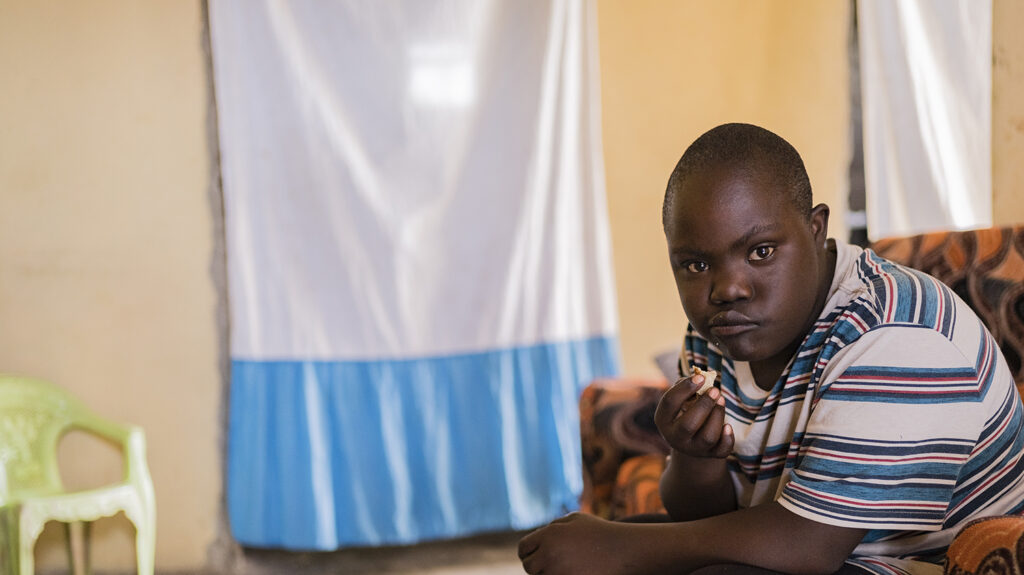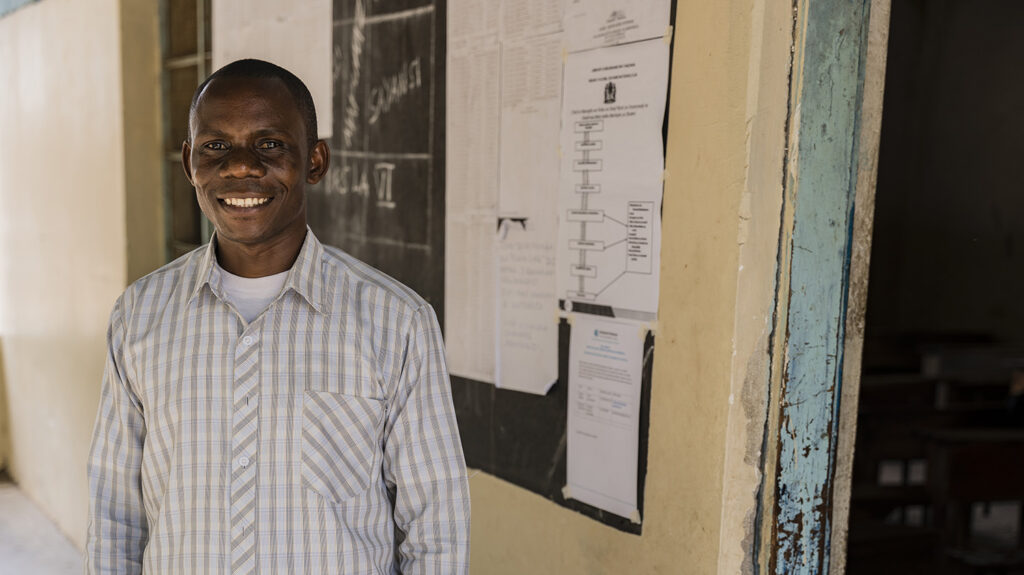Guidance on ensuring education systems are inclusive for all children, even those with severe disabilities.
Including children with disabilities at school
Every child has the right to learn, play and thrive. Yet, despite global commitments, children with disabilities continue to be excluded from research and programmes designed to build more inclusive and equitable societies.
But it doesn’t have to be this way. Through Inclusive Futures’ work on education, we’ve demonstrated that including children with even the most severe disabilities is achievable. When education systems are designed to be inclusive, children with disabilities can learn alongside their peers in the same classrooms.
Why is inclusive education important?

According to UNICEF, there are 240 million children with disabilities worldwide. They often face significant barriers to education, including stigma, discrimination and inaccessible learning environments in schools. The statistics are stark: children with disabilities are almost 50% more likely to have never attended school compared to their peers without disabilities.
Practical steps to ensure children with disabilities are included at every stage of education
- Find and enrol children with disabilities in schools: outreach and identification are two of the most vital building blocks of disability inclusive development programming. They lay the foundation for children with disabilities to be recognised and included in their communities, giving them access to education and providing their families with access to support services and community groups that help them thrive. We’ve developed six practical actions for finding and enrolling children with disabilities in schools. Read the report
- Prepare schools to welcome children with disabilities: schools are central to children’s education, but too many lack children with disabilities in their classrooms. To provide inclusive education, mainstream schools need to accommodate local children with disabilities in the same classrooms as their peers. We’ve developed seven practical actions schools can take to prepare for welcoming children with disabilities into inclusive education. Read the report
- Centre children with disabilities in teaching: teachers have a crucial role in children’s education but too few are trained in how to teach children with diverse learning needs in one classroom. Children with disabilities enrolled in schools often end up learning less, missing more classes, or dropping out. We’ve developed five practical steps to equip teachers with the attitudes, knowledge and skills to teach local children with disabilities in the same classroom as their peers. Read the report
Learn how we’ve put these steps into practice in our inclusive programmes below.
Easy read reports
You can download easy read versions of our learning reports on inclusive education.
View our easy read reports
“I support learners with disabilities differently; I identify the issues that they have and then I know how to support them.”

Habasha, a teacher from Tanzania
